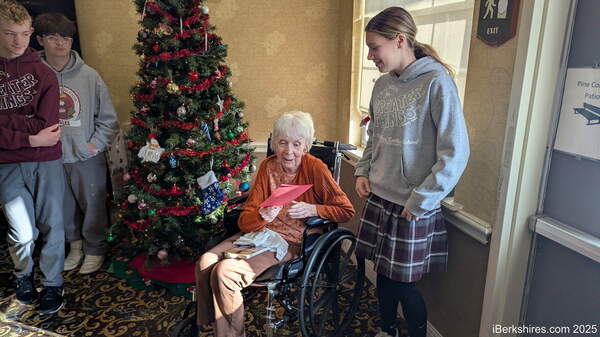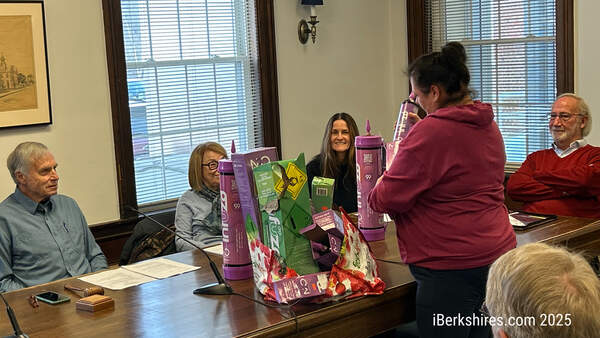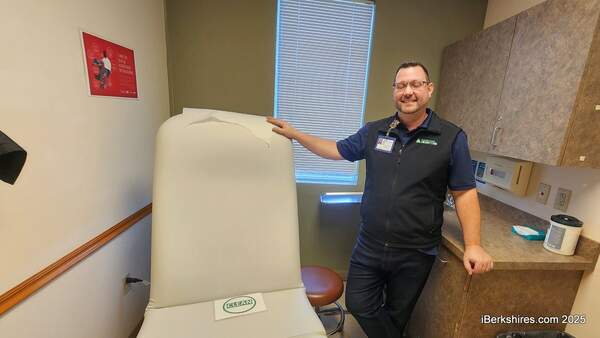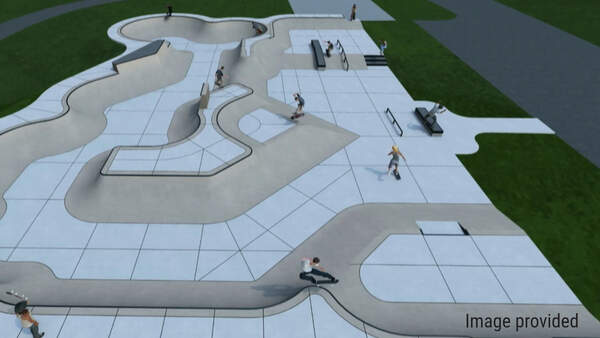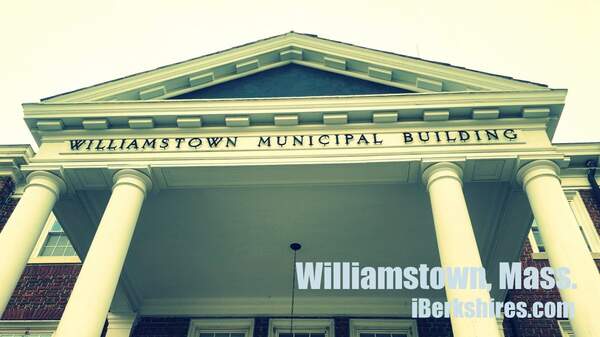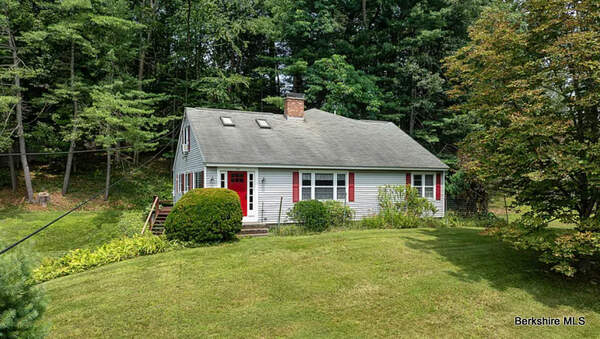
Williamstown CPA Committee Waxes Philosophical About Future
WILLIAMSTOWN, Mass. — Community Preservation Act Committee member Christopher Winters wants to ask voters if the town should be taking from the poor and giving to the rich.In what seemed an often philosophical discussion with no exit, Winters argued on Tuesday to disband the committee, one of his points being that the act essentially takes money from poorer communities and gives it to the wealthier.
The state law allows municipalities to levy up to a 3 percent surcharge on property taxes to set aside for open space, recreation and affordable housing. Williamstown has been putting 2 percent away since adopting the act.
Winters said the majority of towns that adopted the voluntary tax are wealthy and, since the state matches funds through fees on real estate transactions through registries of deed, the money is unfairly shifted.
"This represents a transfer of wealth from poorer communities to richer ones; so is more affordable housing being created in Massachusetts through the CPA's existence? I tend to think not," Winters said. "It's a regressive tax."
In the 10 years since the town adopted the act, the state has decreased its contributions from 100 percent to 25 percent and individual income has decreased. In light of that, Winters suggested taking the act back to voters.
However, Winter's argument was countered by members who felt that the act has allowed the town to invest in projects that otherwise would not happen — particularly with affordable housing that has been on everybody's mind since Hurricane Irene severely damaged the Spruces Mobile Home Park.
"I'm here to run a government and I'm pretty confident that with hard work the Community Preservation Act can actually fund some affordable housing units where otherwise there will be none," Peter Fohlin said. "Because I don't have confidence that despite our best efforts we will re-zone substantial areas of town so the marketplace can work."
Most recently, the act helped fund the affordable housing development in the former St. Raphael's Church and rectory.
Mark Reinhardt agreed and said he is happy with the decisions the committee has made. However, the panel should take a long look at how it is allocating its resources, he said.
"The lesson of the last six months is that we can fund affordable housing and we can do it better," he said. "I think that need is pressing and that's something that the CPA can't solve on its own but it can help solve."
But Winters said the efforts are not making more affordable housing; instead, they are making Williamstown even more unaffordable.
"If we want to address affordable housing then we need to address much bigger issues than just deciding where $1 million in tax dollars go," Winters said. "It would be more efficient for this community to change its zoning laws."
The committee is picking and choosing what affordable housing can be built and by doing so, decreasing the supply of land and raising the "net worth" of the town. As the net worth increases and land supply decreases, the town becomes even more unaffordable, he said.
In counterpoint, Fohlin reversed that logic by comparing it to schools.
"To use your logic, you would cut the education budget and cut our school system to make this town more affordable and that makes no sense," Fohlin said.
In an attempt to find the golden mean, Dan Gendron advocated cuttting the percentage of taxpayer contribution from 2 percent to 1 percent. Gendron said he believes the CPA can do good but questioned its priorities. He would rather have the committee make well thought out and long-term commitments with less money to put more money into the resident's wallets.
"I'd like to see every dollar I have go to educate children and things of that nature. On the other hand, I'd also like to see the CPA make us do the things that we don't do but ought to do," he said. "There is a limited amount of money that people have in their wallets."
Gendron contended that the town's priorities may be "out of balance" because of education and building struggles at Mount Greylock Regional High School. Committee members agreed that the priorities should be examined.
David Rempell agreed that the committee has a responsibility to carefully vet the projects because the CPA is one of the few committees that has resources to cultivate its own garden.
"We think we need to be very careful and cognizant and think very largely about what the priorities of the town should be," Malcolm Smith said. "I'd rather have that conversation rather than a thumbs up or thumbs down."
Fohlin suggested voters be polled at the next election to determine which category they wished to fund.
For now, the CPA had not died today. Or, maybe, yesterday.

